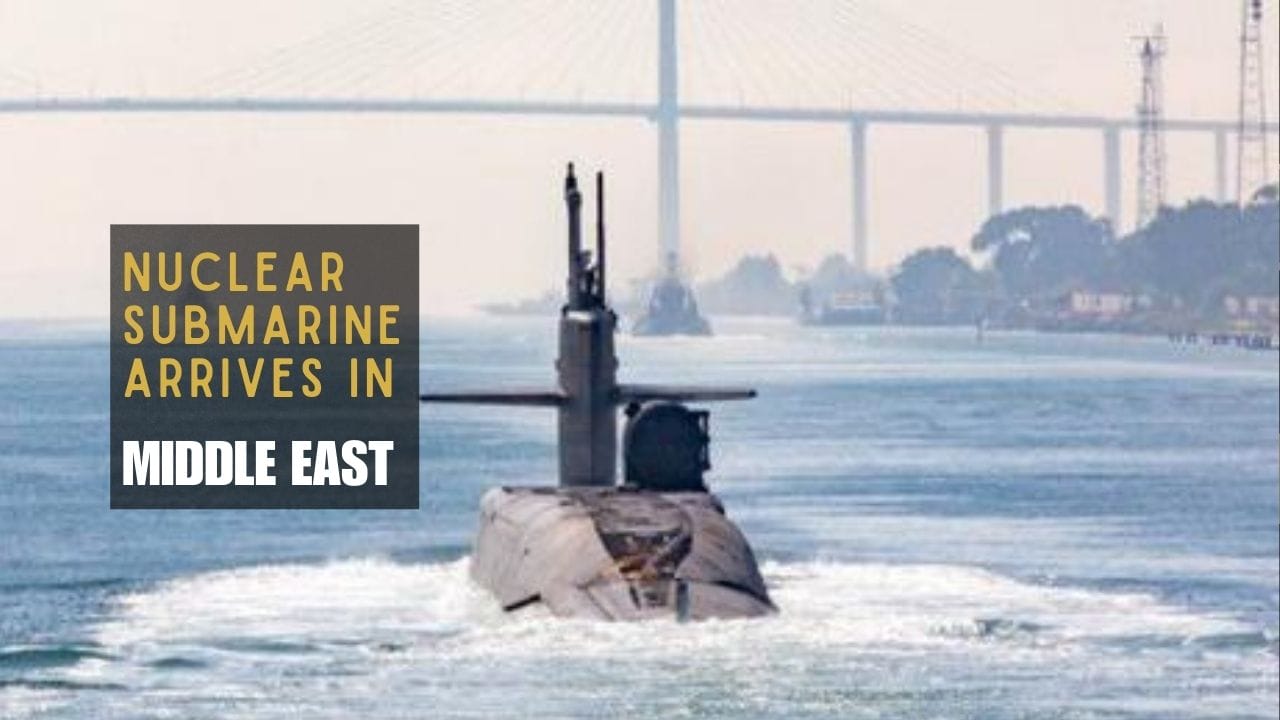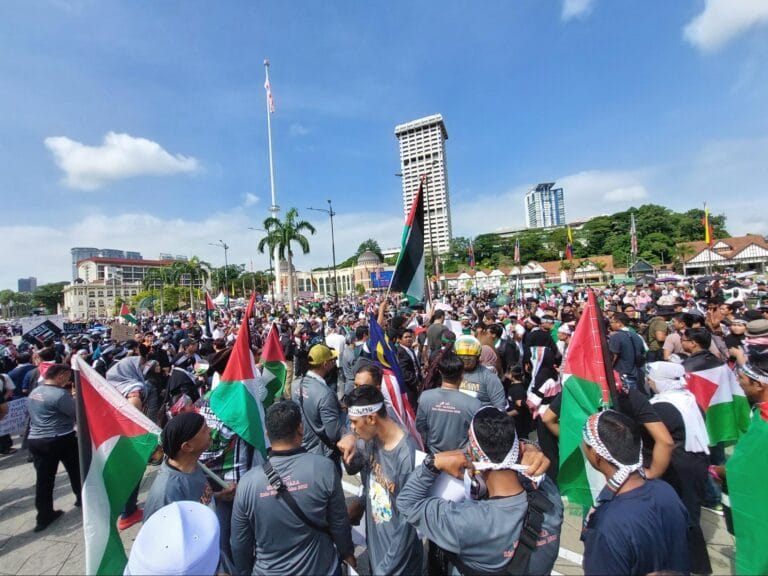U.S. Nuclear Submarine’s Show of Force in the Middle East Amid Israel-Hamas War

In a move to assert its presence and demonstrate its commitment to regional stability, the United States Navy recently deployed a guided-missile submarine to the Middle East. This unexpected revelation comes in the midst of the Israel-Hamas conflict, and its timing suggests a strategic show of force aimed at tempering regional tensions. In this article, we’ll delve into the details of this deployment, its significance, and its implications on the ongoing situation in the Middle East.
U.S. Nuclear Submarine’s Deployment
The U.S. Central Command (CENTCOM) announced this significant deployment on November 5, 2023, through its social media platform. An Ohio-class submarine was reported to have arrived in the CENTCOM’s area of responsibility, which encompasses the entire Middle East region. This move underscores the United States’ commitment to ensuring stability in the midst of ongoing conflicts.
Israel-Hamas Conflict
The deployment of the nuclear submarine took place against the backdrop of the Israel-Hamas conflict, which erupted on October 7. This war has drawn considerable international attention and raised concerns about the region’s stability. As a response to these concerns, the United States has been taking various steps to support its regional ally, Israel.
U.S. Military Build-Up
In addition to the nuclear submarine deployment, the United States has also reinforced its military presence in the region. This includes the dispatch of two aircraft carriers, a substantial fleet of fighter aircraft, approximately 1,000 American soldiers, and an unspecified number of special operations commandos, who are providing advisory support to the Israeli military in their Gaza operations.
Protecting Gulf Allies
Furthermore, the U.S. has taken measures to enhance the defenses of its Gulf allies. This includes providing Saudi Arabia with the Terminal High Altitude Area Defense (THAAD) missile defense system and Patriot surface-to-air missile systems to Kuwait, Jordan, Iraq, Saudi Arabia, Qatar, and the United Arab Emirates. These efforts are aimed at safeguarding not only American interests but also those of its regional partners.
Deterrence and Regional Stability
Pentagon spokesperson Brigadier General Pat Ryder stressed that the U.S. military build-up is intended to deter any potential escalation of regional conflicts. It is a clear message that the United States and its allies are committed to safeguarding stability in the Middle East and preventing the ongoing Israel-Hamas conflict from evolving into a broader regional crisis.
U.S. Diplomatic Efforts
In parallel with these military actions, Secretary of State Antony Blinken has embarked on a diplomatic mission to engage with regional leaders. He held talks with Palestinian President Mahmoud Abbas in the occupied West Bank and met with Iraqi Prime Minister Mohammed Shia al-Sudani in Baghdad. These diplomatic efforts aim to address the root causes of the conflict and explore peaceful resolutions.
Challenges Faced
It’s important to note that the U.S. military assets deployed in the region have encountered challenges, primarily from Iran-allied militias in Syria and Iraq. These groups have carried out numerous attacks on U.S. bases, with some resulting in injuries to American military personnel. These incidents underscore the complexities and risks associated with the U.S. commitment to regional stability.
In conclusion, The deployment of a U.S. nuclear submarine to the Middle East sends a powerful message of resolve and support to its allies in the midst of the Israel-Hamas conflict. As the situation in the region remains dynamic and complex, the United States continues to balance military deterrence with diplomatic initiatives to promote peace and stability in the Middle East. The world watches closely as events unfold, hoping for a peaceful resolution to the ongoing conflict.
FAQs
Why did the United States deploy a nuclear submarine to the Middle East during the Israel-Hamas conflict?
The deployment is aimed at demonstrating the U.S. commitment to regional stability and deterring potential escalation of the conflict. It’s a show of force to maintain peace in the region.
What other military assets has the U.S. deployed in the Middle East in response to the conflict?
In addition to the nuclear submarine, the U.S. has sent two aircraft carriers, fighter aircraft, soldiers, and special operations commandos to support its regional ally, Israel.
How are diplomatic efforts complementing the military actions in the region?
U.S. Secretary of State Antony Blinken has engaged with regional leaders to explore peaceful resolutions. Diplomacy is being used alongside military actions to address the root causes of the conflict.
What challenges has the U.S. military faced in the Middle East during this deployment?
U.S. military assets have encountered challenges from Iran-allied militias in Syria and Iraq. These groups have launched attacks on U.S. bases, resulting in injuries to American military personnel. This highlights the risks associated with the deployment.






